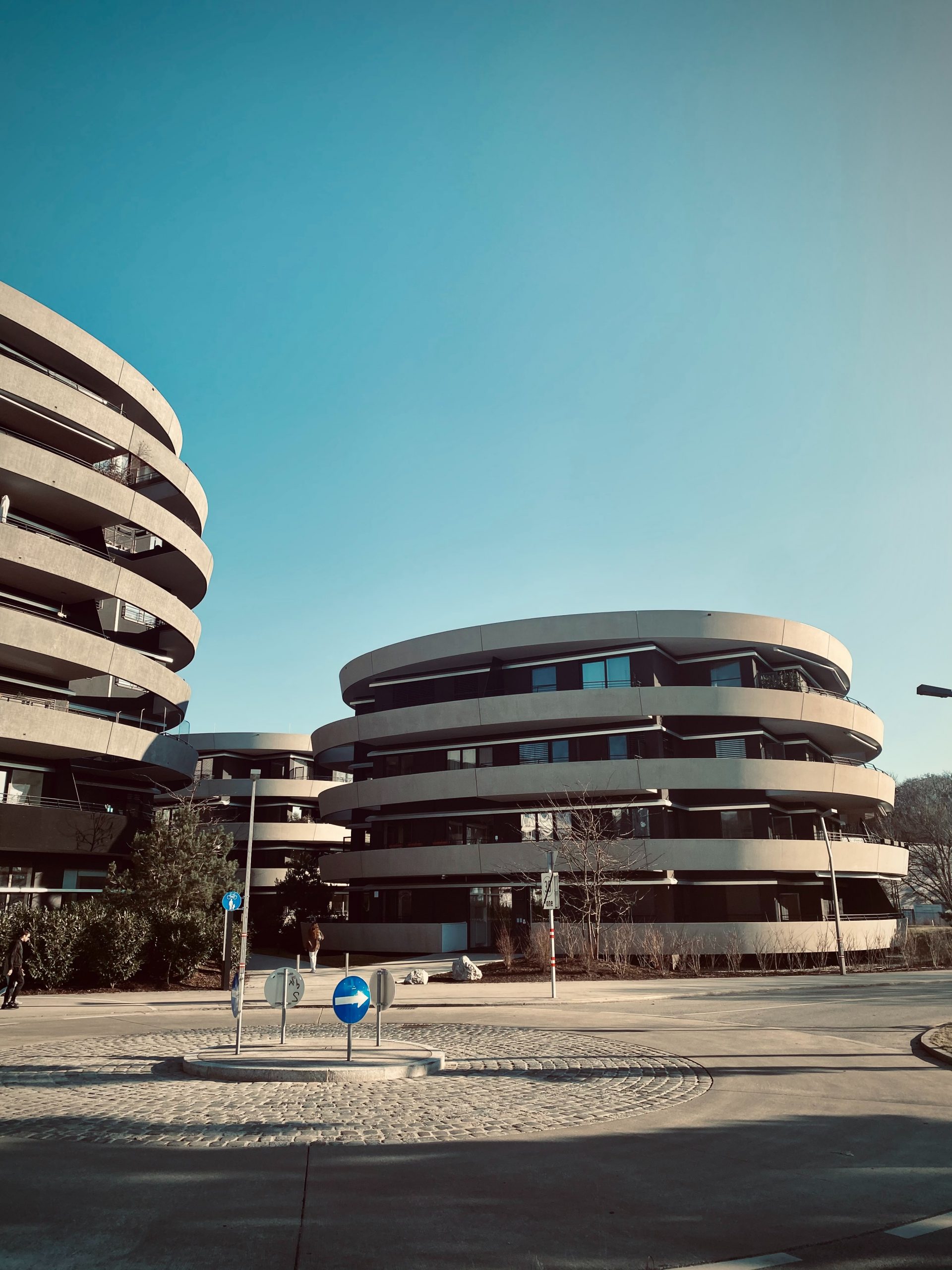Sustainability in construction is no longer a trend; it's a necessity. As the world grapples with environmental challenges, the construction

The constructed climate is a rich and fluctuating compositional embroidery covering styles and developments that have frequently gone throughout the planet, adjusting to various environments, scenes, and social requirements. Here is a summary of the top five popular architectural styles since forever.
01 Classical Architecture
An umbrella term that alludes to the structure styles that began in old Greece and Rome, traditional engineering has affected hundreds of years of resulting plan developments all through the world, including Neoclassical and Greek Revival design.
Probably the most renowned structures in the advanced world depend on old Greek and Roman plans. Traditional engineering centers around evenness and extents; sections with Doric, Ionic, or Corinthian enumerating; the utilization of materials like marble, block, and cement; and old-style plan themes like inside embellishment, medium pitched rooftops, boxed overhang, enlivening entryway encompasses, and broken pediments over the passage entryway.
While traditional engineering was to a great extent supplanted by innovation and contemporary design in the twentieth century, the traditional design keeps on being underlying what has been rebranded as a “new traditional” style making it one of the essential popular architectural styles.
02 Neoclassical Architecture
The neoclassical design alludes to a style of structures developed during the restoration of Classical Greek and Roman engineering that started around 1750 and prospered in the eighteenth and nineteenth hundreds of years.
Though Greek Revival engineering uses traditional components, for example, segments with Doric, Ionic, or Corinthian subtleties, neoclassicism is described by an all the more entire scale restoration of whole and regularly terrific scope old-style volumes.
Probably the most popular and effectively conspicuous institutional and government structures in Europe and the United States are neoclassical in style, like the White House and U.S. Legislative center structure making it a splendid addition to the popular architectural styles.
03 Greek Revival Architecture
Greek Revival engineering is propelled by the balance, extent, straightforwardness, and style of the antiquated Greek sanctuaries of fifth century B.C. In the U.S., Greek Revival arrived at top ubiquity from 1825 to 1860 and turned into the main prevailing public style of design in the U.S. as it spread from the East Coast the nation over toward the West Coast, leaving state legislative hall structures, banks, New England temples, metropolitan column houses, galleried bungalows, and southern manor houses afterward.
Motivated by the origin of the majority rules system, Americans acquired traditional components to plan structures for what was then a still new popular government, for example, segments with Doric, Ionic, or Corinthian subtleties, painted white to impersonate the marble utilized in old Greece; delicately inclining rooftops with peak fronts, and elaborate entryway encompasses. Insides included basic, genuinely open formats; effortless extents; tall parlor floor windows and entryways; resplendent plasterwork roofs; plain mortar dividers; wide board floors; and elaborate roof shelves.
04 Industrial Architecture
An umbrella term used to portray structures developed to work with the necessities of industry, modern engineering envelops a scope of building types and styles that blend usefulness and plan and can be tracked down all around the industrialized world, like production lines, stockrooms, foundries, steel factories, water towers, grain storehouses, refineries, breweries, treatment facilities, power plants, and other utilitarian constructions. The principal modern structures were developed during the 1700s during the primary Industrial Revolution that occurred for the most part in Britain from 1760 to 1830.
Yet, today when we reference modern engineering, we are generally alluding to the structures that arose as a reaction to the broad utilization of new materials, for example, metal and concrete just as large scale manufacturing techniques welcomed on continuously Industrial Revolution of the late nineteenth and mid-twentieth century, and which framed the structure blocks for Modern Architecture.
Elements of modern design might incorporate enormous, open floor plans; high roofs; crude unpleasant materials like cement, block, and metal; absence of ornamentation on building façade; uncovered block, ventilation work and funneling; and huge metal-framework windows.
05 Bauhaus Architecture
Bauhaus engineering emerged from the compelling German school established by Walter Gropius (1883-1969) in the mid-twentieth century, which had an idealistic intent to make a profoundly new type of engineering and configuration to assist with revamping society after World War I.
By blending expressive arts, makes, plans, engineering, and innovation, the Bauhaus advanced level headed, useful plan that accepted a structure following work, toning it down would be ideal ethos.
Not all Bauhaus structures resemble the other the same, but rather overall they shun ornamentation to zero in on straightforward, level headed, useful plan; utilize basic mathematical structures like the triangle, square, and circle; imbalance; utilization of present-day materials like steel, glass, concrete; level rooftops; glass shade dividers; smooth façades.
Bauhaus formed into the International Style when Gropius and other noticeable individuals from the Bauhaus emigrated to the U.S. during the 1930s and later impacted the advancement of innovation during the 1950s and ’60s. Bauhaus engineering and plan standards impact the shape and look of regular items which justify it being part of the popular architectural styles.
About Author
InnoDez